Ethereum is preparing for a major network upgrade called Fusaka, expected to go live in December, which could significantly reshape how users experience the blockchain. According to a September market recap from asset manager VanEck, Fusaka directly addresses one of Ethereum’s biggest scaling hurdles: data availability for rollups. These layer-2 solutions batch transactions before finalizing them on Ethereum, enabling faster and cheaper interactions.
The core innovation in Fusaka is Peer Data Availability Sampling (PeerDAS). Unlike the current setup where validators must download all transaction data, PeerDAS allows validators to verify blocks by sampling smaller data segments. This reduces bandwidth and storage needs, paving the way to safely expand Ethereum’s “blob” capacity—the special data slots reserved for rollups. By boosting blob capacity, rollup transaction costs can decline, making Ethereum-based applications more affordable for everyday users.
This change comes as demand for rollup space continues to surge. Developers already doubled blob limits earlier this year, and usage shows no signs of slowing. Platforms like Coinbase’s Base and Worldcoin’s World Chain now account for roughly 60% of all rollup data submissions, underlining the central role of L2s in Ethereum’s growth. Fusaka is expected to reduce fees further, benefiting both developers and end users.
VanEck also emphasized the broader implications for ETH. While base-layer transaction fee revenue has fallen as more activity shifts to rollups, Ethereum’s importance has not diminished. Instead, ETH’s role as the security backbone for settlement grows stronger, reinforcing its position as a monetary and institutional asset. However, unstaked ETH holders may face dilution as more institutional players—ranging from ETFs to crypto treasuries—accumulate and stake ETH for yield.
By lowering L2 costs, strengthening Ethereum’s security model, and driving institutional adoption, Fusaka represents a pivotal milestone in the network’s rollup-centric roadmap. Though technical challenges remain, this upgrade signals a significant step toward scaling Ethereum sustainably while ensuring cheaper, more efficient user experiences.









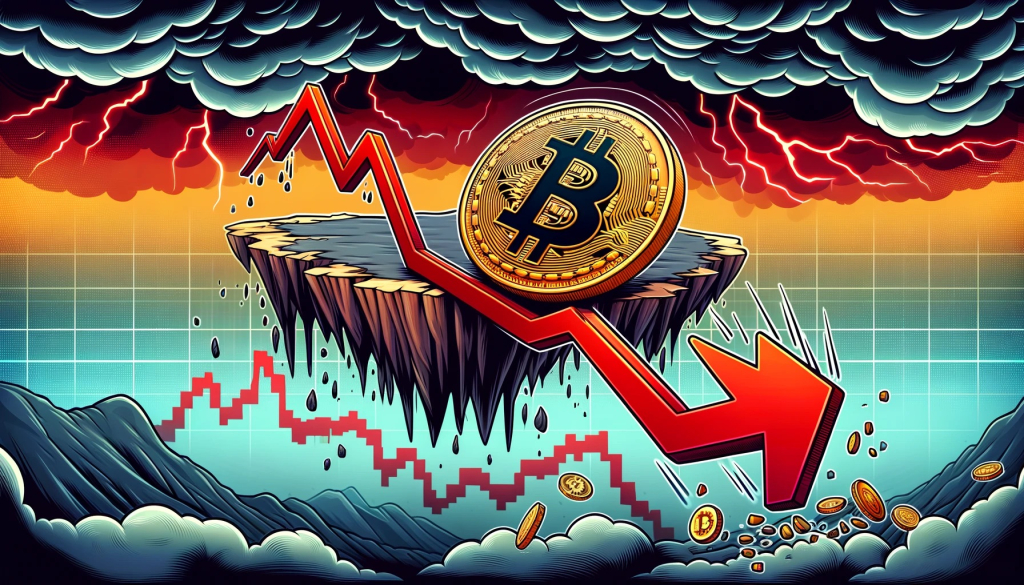

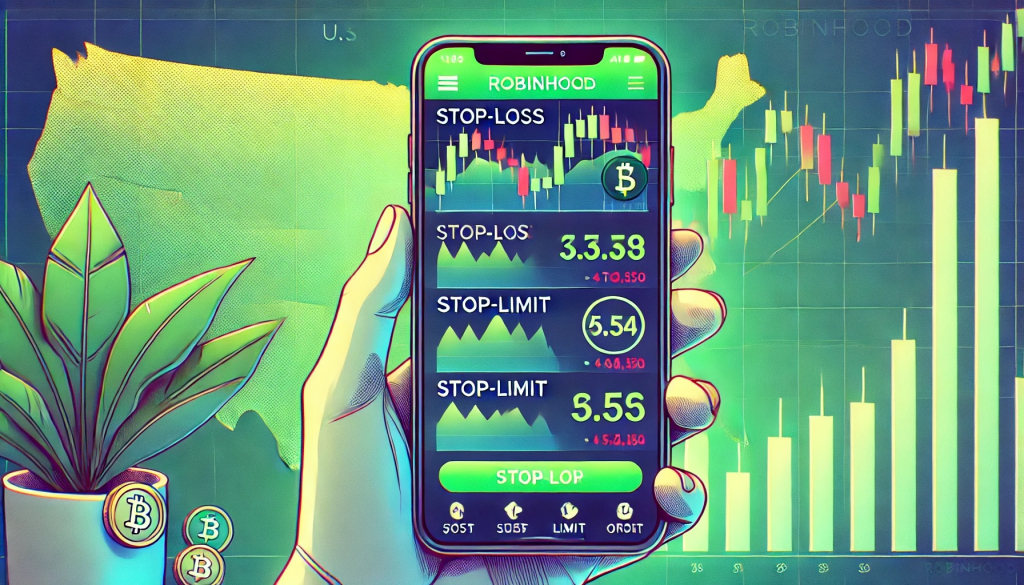

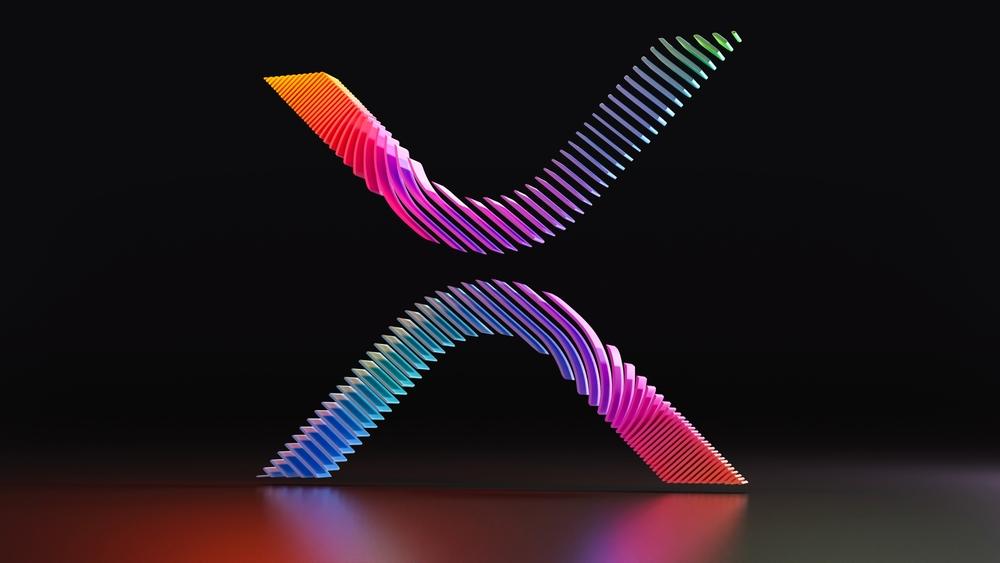







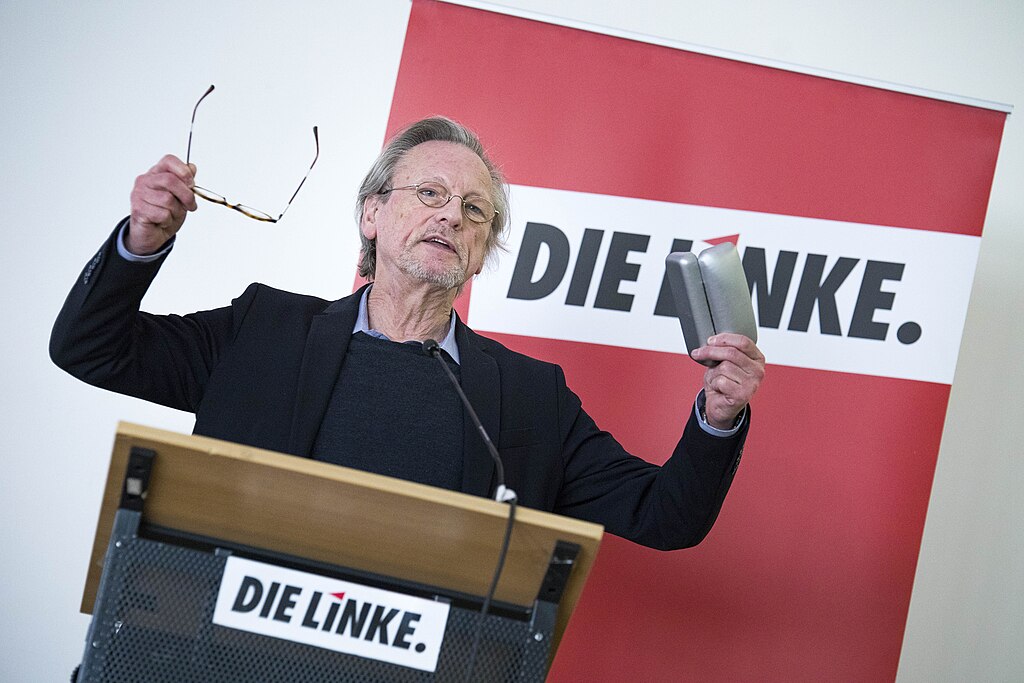




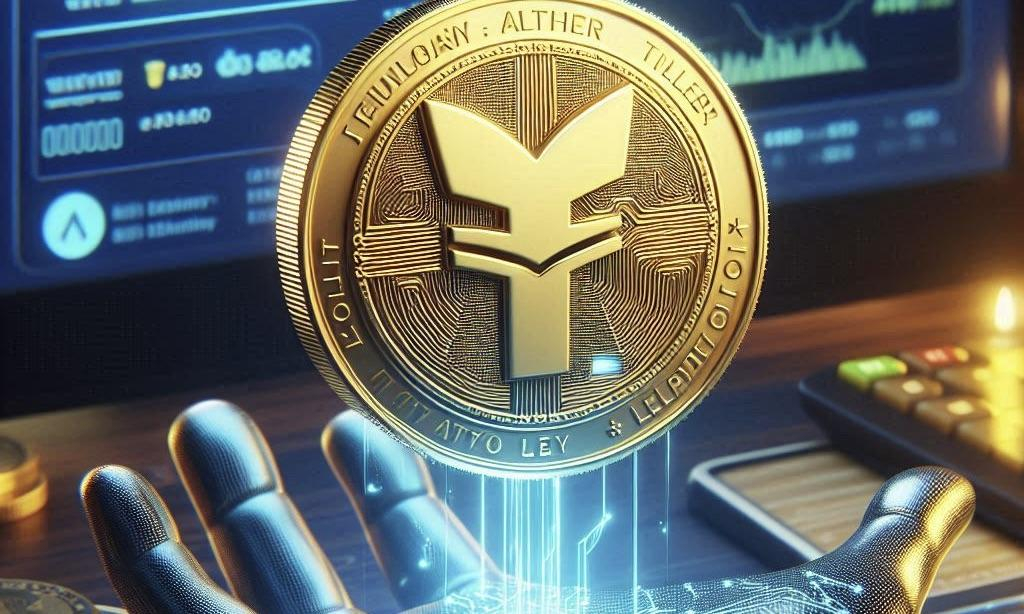

Comment 0